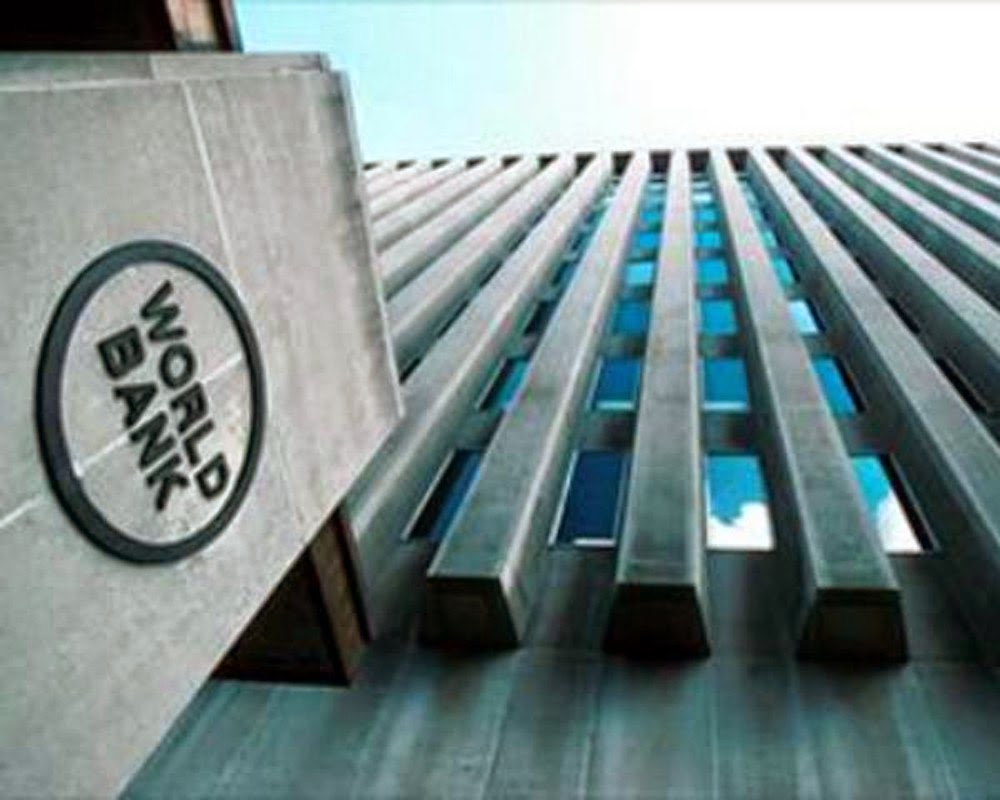There a lot of international organizations which
function in the educational sphere. Among them are famous giants such as UNESCO
and OECD. However, there is one establishment that is usually differentiated
from a main body of these organizations – The World Bank (WB). Having
identified the aim for further development, in particular “Learning for all”,
the World Bank provides substantial loans for evolving countries. Nevertheless,
there is an unstoppable discussion – whether the World Bank is an agency for
support and development or it is a bank in a very nature of its activities and
has only and primary aim to gain a profit. My blog answers this question by
giving account on how the WB finances a borrower and articulates its
educational policy.
The World Bank Group consists of five affiliated
organizations; two of them represent what we call the World Bank - The
International Bank for Reconstruction and Development (IBRD) and International
Development Association (IDA) (The World Bank Group) . The organization
was created to support developing countries with financial and technical aid. In
particular, the WB has sufficient funds to offer low interest loans, free loans
and grants for requesting country or organization. Whether the bank provides a
loan, there is an only repeating condition – receiving side should accept bank’s
vision on educational policy and follow actions prescribed by bank (Jones, 2004) . Accordingly, this
vision is usually described by strong market-based orientation, “The Washington
consensus”. Stiglitz (2002) argues that the top management of the bank operates
with this neoliberal framework, based on three main components: stabilization
of inflation and interest rates, liberalization of market and privatization of
public sector. The outcomes of such approach were predictable. Borrowing
countries formally accepted the WB’s conditions but later just ignored them or
even abandoned (Jones, 2004) . Can you imagine the
same policy solution for Sub-Saharan Africa and Russia, for Latin America and East Asia? Obviously,
no. The fact that countries are too different in their current economy and
education states was widely overlooked by the WB. Why? Maybe with a purpose.
Obviously low interest rate or even a money allocated as a grant do not make
the bank weaker, if the bank does not receive profit in money, it fulfills the
gap by political influence.
Now let us stop on educational policy enunciated by
bank. The WB’s strategy in education till 2020 “Learning for All: Investing in
People’s Knowledge and Skills to Promote Development” (The World
Bank, 2011)
represents a goal to provide education for all children, unrelatedly to their
race, position in society, intellectual skills, religion or health status. At
the same time, the program usually operates with terms of human capital theory,
which were widely criticized for its commitment to marketization of education. As
an evidence of its market orientation, the WB’s motto in latest strategy document
asserts: “Invest early. Invest smartly. Invest for all.” (The World Bank, 2011,
p. 5). Catherine Sasman (2012) reports on teacher’s protest in Namibia:
“Education for All (EFA) initiative is a smokescreen to privatise education and
sacrifice social sciences at the altar of the World Bank neo-liberal model of
education, which is profit driven and not based on human needs” (par. 1). True
or not, but the same initiative was launched against the WB’s policy in many
different sectors worldwide (watch video bellow) (Shah, 2001; Socialist
Worker, 2002; Global Justice Now, 2010).
Finally, it is time to take a thought and count pros
and cons of the WB’s activity. We can surely say that the WB invests in education,
invests substantially; funds are flowing on educational needs. However, the way
it happens is still arguable question. Bank’s neo-liberal policy does not open
for dialogue with receiving countries; the management of organization operates
first economy terms and last educational needs. The World Bank remains a bank
in its nature. Therefore the new question is rising: “Do we need an international
organization that does not follow the purpose of its creation – support
developing countries?” As it appears the problem will be the same until the world
community will turn its attention to the growing issue.
References:
Global Justice Now.
(2010, March 17). World Bank fuelling dirty energy. Retrieved from
Global Justice Now:
http://www.globaljustice.org.uk/news/2010/mar/17/world-bank-fuelling-dirty-energy
Jones, P. W. (2004). Taking the
credit: Financing and policy linkages in the education portfolio of the World
Bank. In G. Steiner-Khamsi (Ed.), The global politics of educational
borrowing and lending (pp. 188-200). New York and London: Teachers College,
Columbia University.
Sasman, C. (2012, November 30). Namibia:
Teachers Reject 'World Bank Education'. Retrieved from AllAfrica - All the
Time: http://allafrica.com/stories/201212050753.html
Shah, A. (2001, July 13). IMF
& World Bank Protests, Washington D.C. Retrieved from Global Issues:
http://www.globalissues.org/article/23/imf--world-bank-protests-washington-dc
Socialist Worker. (2002, May 11). Global
protest against the IMF and World Bank. Retrieved from Socialist Worker:
http://www.socialistworker.co.uk/art/5530/Global+protest+against+the+IMF+and+World+Bank
Stiglitz, J. E. (2002). Globalization
and its discontents. New York & London: Norton.
The World Bank. (2011). Learning
for All: Investing in people’s knowledge and skills to promote development.
Washington DC: The World Bank.
The World Bank Group. (n.d.). History.
Retrieved March 22, 2015, from The World Bank: http://www.worldbank.org/en/about/history

Thank you, Stas, for your post. For me, as for a person coming from the sphere of international relations and regional studies to education, it was very interesting to read about both areas simultaneously. I agree that the World Bank does not quite meet its goal, but it acts as a buyer: it gives money and wants to get something in return. In this case, changes in the economy of the borrowing country or political advantage. Countries, taking a loan, must understand that now the market economy dominates, and that is why despite the higher purpose of the organization it acts in the interests of the participating countries. However, I think that we need an organization that helps to provide education for all.
ReplyDelete